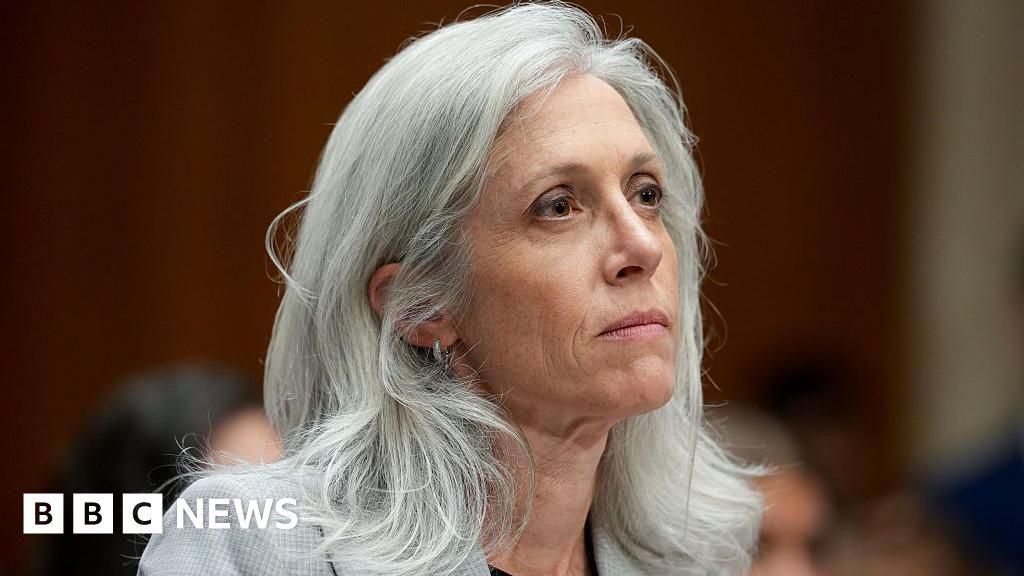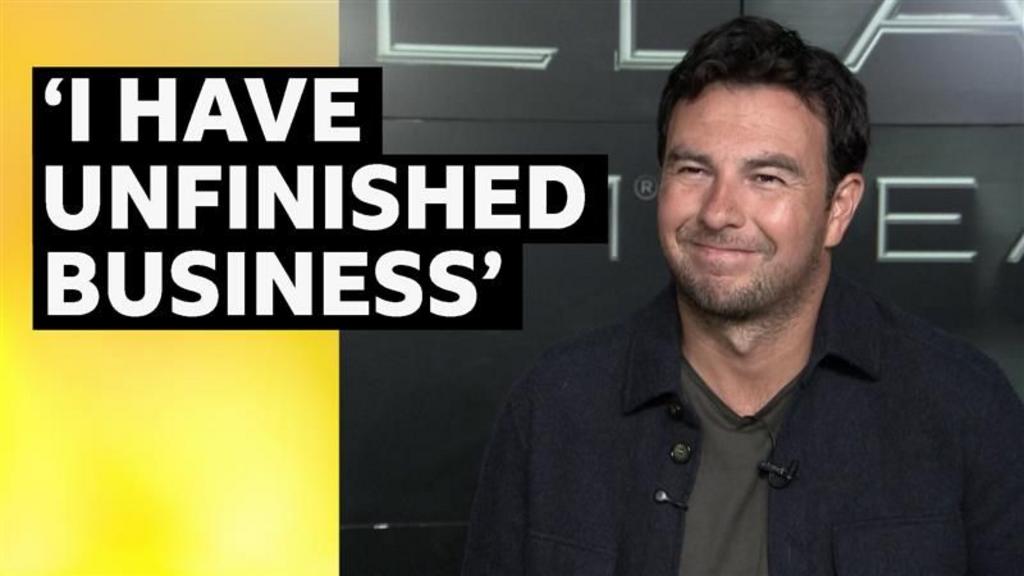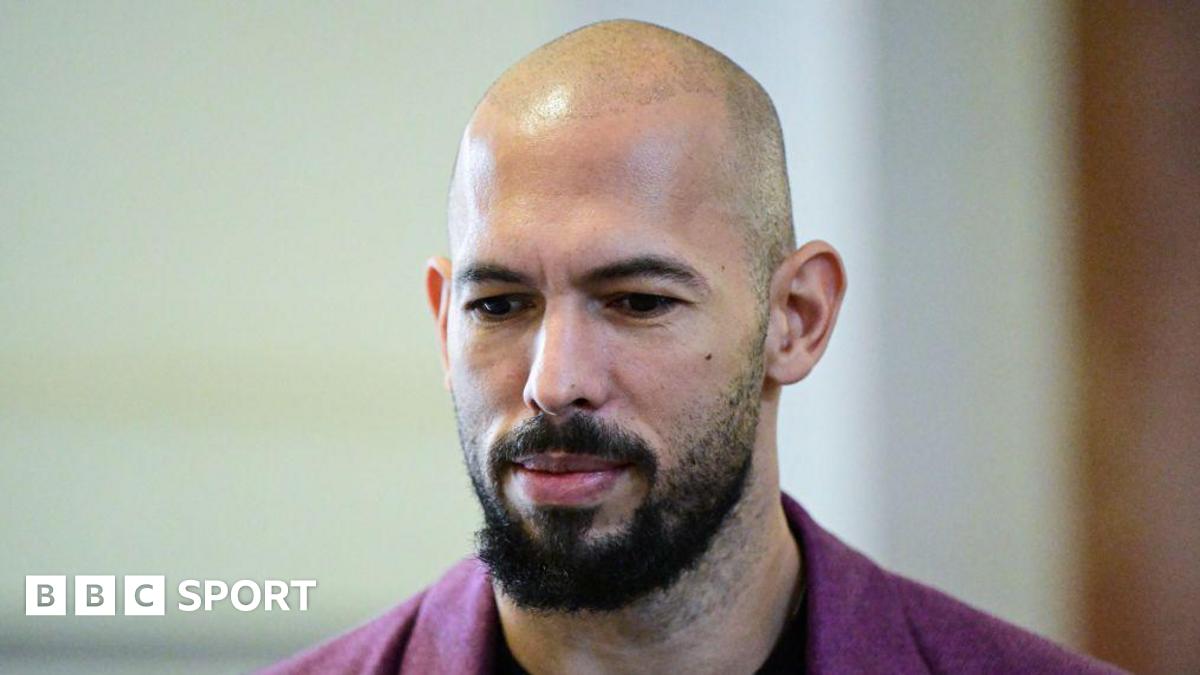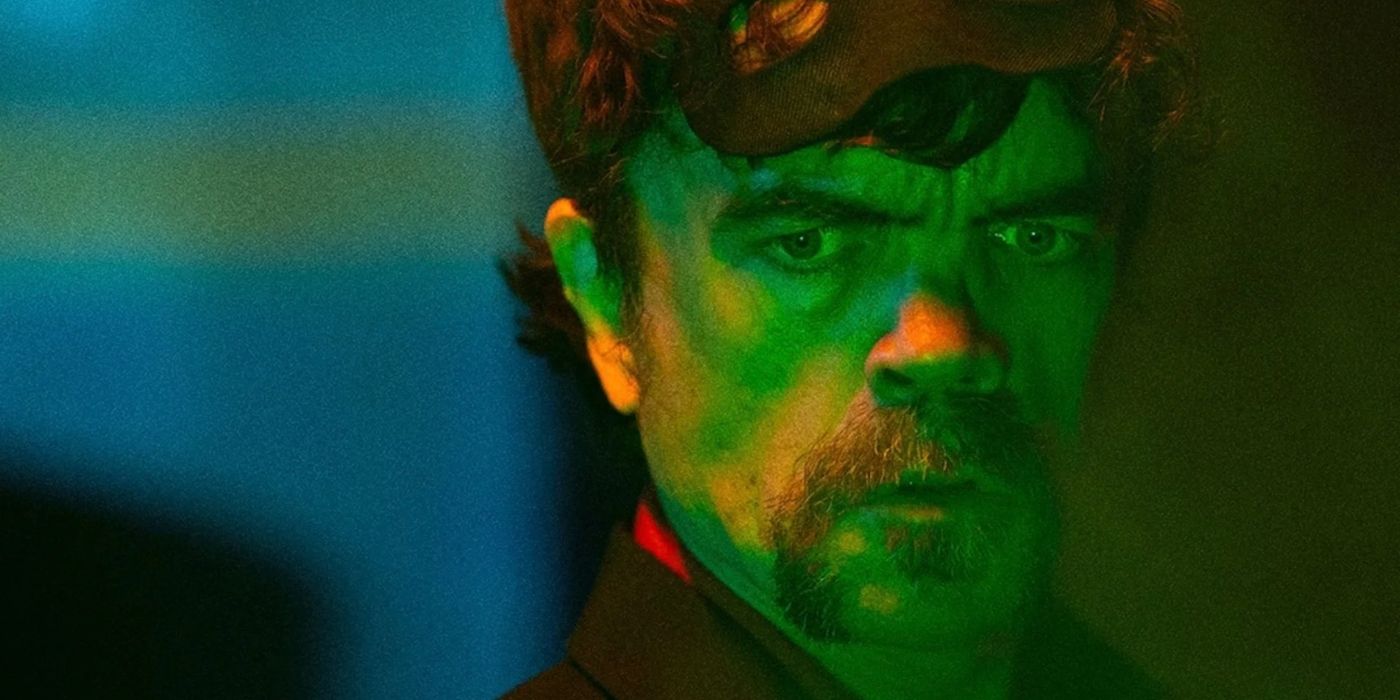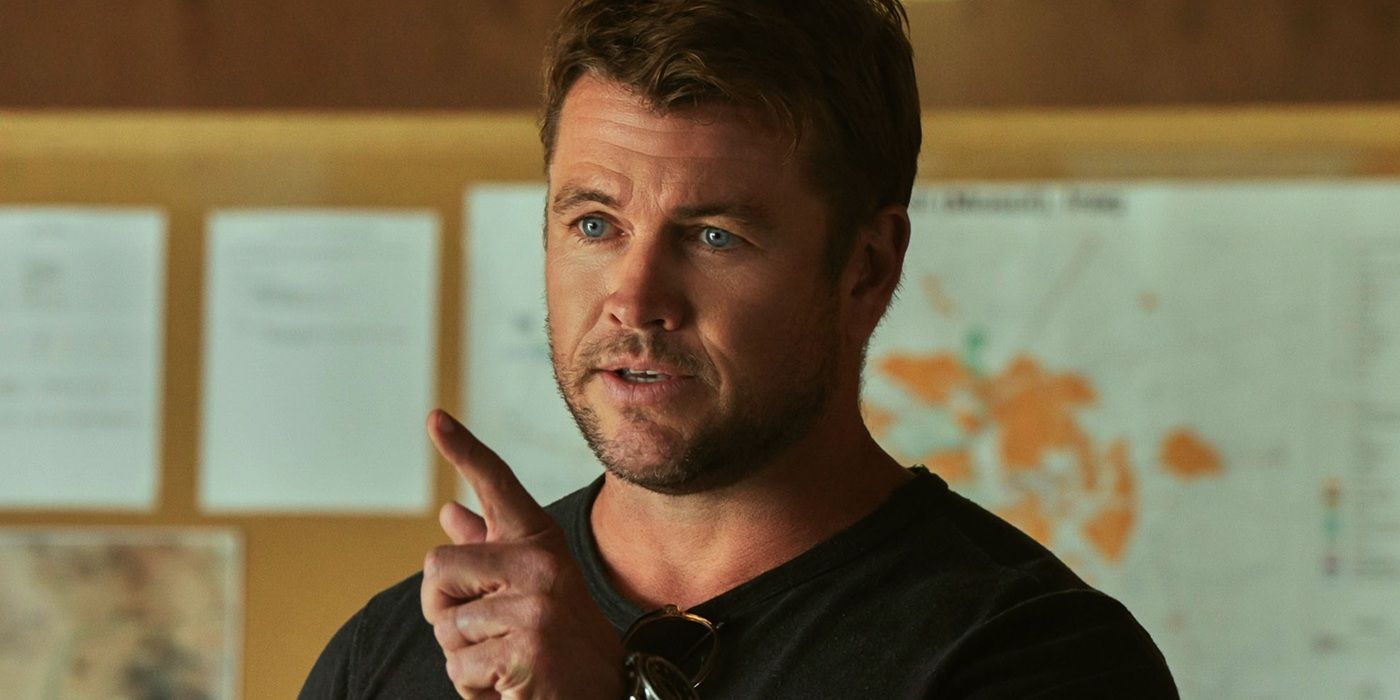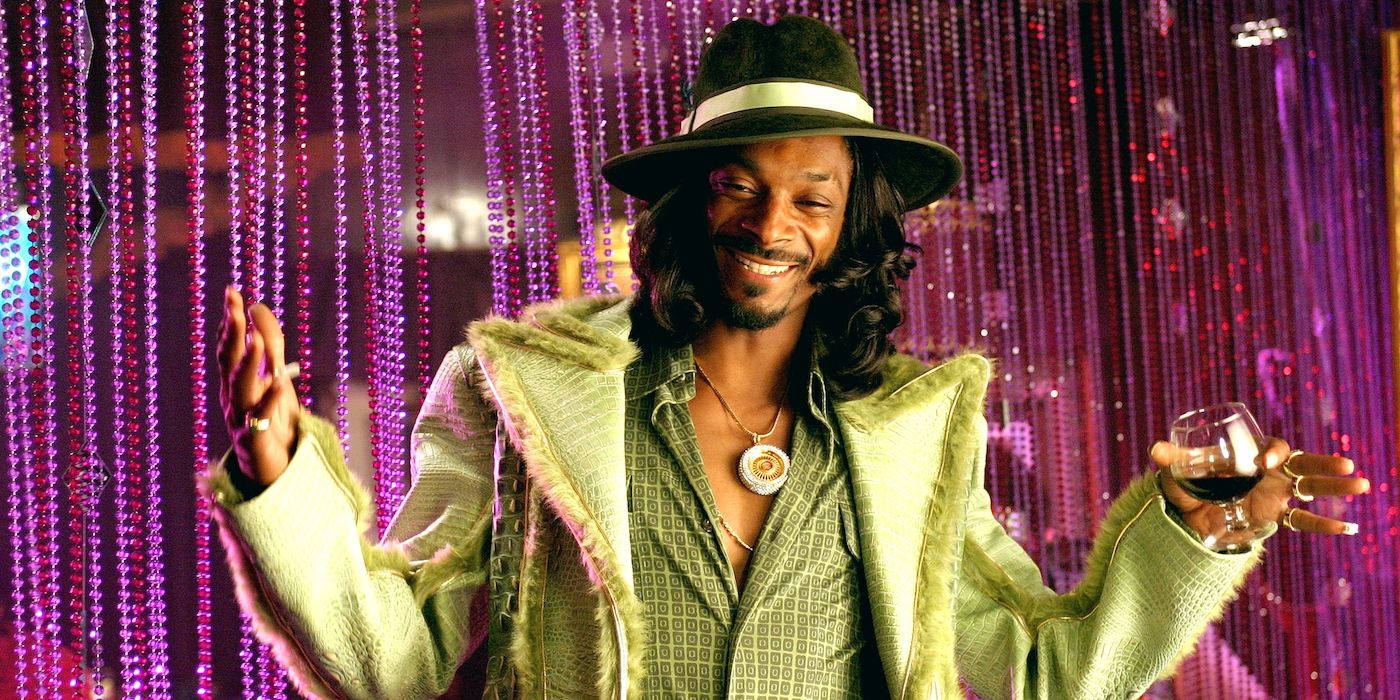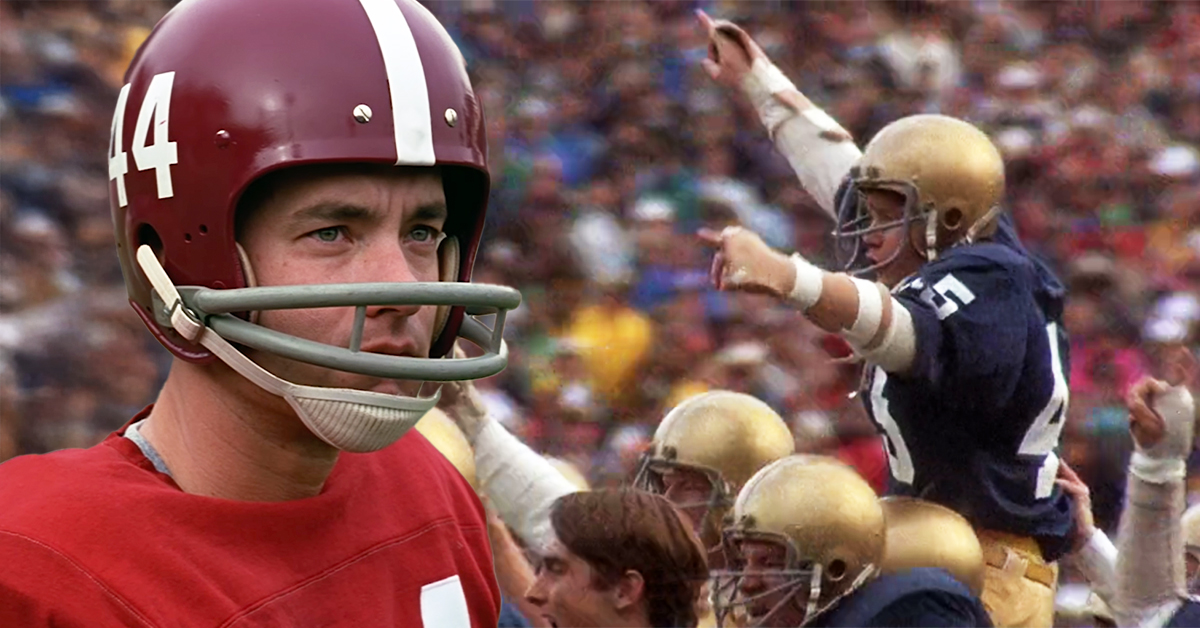The one foolproof way managers can help their team achieve more

It’s been 70 years since Douglas McGregor sketched a management theory at MIT Sloan that leaders still ignore—and their teams pay the price.
Known as Theory X and Theory Y, McGregor’s framework built on Abraham Maslow’s work on employee self-actualization, and it quickly became one of the foundational texts of modern management thinking.
In McGregor’s theory, leaders fall into two camps. Theory X managers assume that employees are inherently lazy, need constant supervision, and would rather coast along than contribute. Theory Y managers, by contrast, see employees as self-motivated, responsible, and capable of growth if given the right environment.
The kicker is that both kinds of managers usually get exactly the employees they expect, no matter who they originally hired.
What McGregor was tapping into was the fact that certain beliefs have an uncanny way of turning into real, measurable effects on human behavior. Whether it’s placebo studies in medicine or examining how teachers’ expectations impact classroom performance, the science is unambiguous about how simple expectations can have far-reaching effects.
The psychology behind high expectations
Psychologists were among the first to observe and take note of the feedback loops expectations set off.
Take the now-famous study by Robert Rosenthal and Lenore Jacobson in 1968. Elementary school teachers were told that a group of randomly selected students had been identified as “late bloomers” who were about to show remarkable academic growth. The result surprised even the researchers themselves. Those students did indeed outperform their peers, in part because the teachers, subconsciously or not, started treating them differently by offering more encouragement, more patience, and more challenging material.
The students responded in kind, rising to the challenge now that someone in authority believed them capable of meeting it. The only thing that had changed was the expectations.
The expectation effect
Journalist David Robson chronicles just how far this phenomenon goes in The Expectation Effect (which should be required reading for leadership). From placebo heart surgeries that deliver real relief to workouts that burn more fat just because people believe they’re working harder, Robson lays out the scientific evidence showing how our expectations construct reality around us.
The psychology behind the effect is simple: Your brain doesn’t sit around waiting for input like a neutral recordkeeper. It ceaselessly guesses and simulates what might happen so that you can be prepared for whatever comes across your desk. At each moment, the brain is busy constructing an internal map of what’s likely to happen, and then it updates that map based on whatever comes next.
It’s no surprise to find that our expectations prime the brain’s sensory and emotional circuits almost as if something is already happening. If you are expecting pain, the amygdala lights up before you even stub your toe. If you expect failure, your cortisol rises, attention narrows, and your working memory takes a hit before you’ve even started the task. Expect a sense of existential dread and meaninglessness at work? Here you go, says the brain, lowering your dopamine levels until motivation plummets because your brain’s prediction model no longer sees a reason to invest cognitive effort.
That’s why a sugar pill can relieve chronic pain, why sham surgeries produce real outcomes, and why a warm-up jog feels harder if you think it’s the workout. The experience conforms to the prediction, and belief becomes biology.
When leaders talk about “setting the tone” or “creating a culture of excellence,” they’re not that far from hitting upon something truly powerful. If we accept that expectations change biology, cognition, and motivation, then leveling them appropriately becomes one of leadership’s central tasks.
Careful what you expect, because you might get it
If you walk into a boardroom assuming your team lacks ambition, you’ll subconsciously act like it by designing processes that assume failure. Your team, in turn, will rise, or in this case, sink, to the level you’ve set. Welcome to management by cynicism.
Nelson Repenning, an MIT Sloan professor and coauthor of the new book There’s Got to Be a Better Way, has spent his career helping leaders break out of this cycle. He advises people to expect more, and better, from others as a starting point.
“When people fail, we treat it like a character flaw. But in most organizations, failure is a design problem,” he says. “The question every leader should ask isn’t ‘Why did they screw up?’ It’s ‘What about our system made it easy to screw up?’”
Repenning and longtime collaborator Don Kieffer argue that modern management has become too disconnected from the work itself. “You’d be amazed how many executives can’t describe how the work actually gets done,” Kieffer says. “It’s like trying to fix a car without opening the hood. These leaders can’t set a good expectation because they’re so far removed from reality to begin with.”
Without that intimacy, leaders default to assumptions, not expectations. Before long, you’re managing caricatures of your team instead of the real people doing the work.
Great leaders don’t set expectations and step back
“Anyone can ask for a 17% increase in revenue and expect it to happen,” Repenning says. “But that’s not a healthy way to set goals, let alone a culture of expectations. Leaders need to know what they are asking for, and they need to understand how powerful the expectations they set are.” This is where too many leaders trip over their own lofty visions. They expect more but enable less. Perhaps some even care less.
Repenning calls this the paradox of servile leadership: “Great leaders don’t set expectations and step back. They ask, ‘What do you need from me to get there?’ Then they go and move those boulders.”
The accompanying leadership model isn’t that much more complicated. Set the target, communicate belief, and then roll up your sleeves to start fixing what’s broken—whether it’s systems, workflows, org charts, tools, or, yes, your assumptions.
McGregor and Maslow would be nodding along if they were still with us. Decades before we started talking about psychological safety and employee empowerment, they argued that the job of management was to unlock people’s natural drive. Give them autonomy and show them how their work connects to a bigger picture. Eliminate the “management by the stopwatch” and start practicing management by the soul.
Expectation is free—disappointment is expensive
If you expect your team to take shortcuts, you’ll create a culture of cutting corners. If you expect your team to challenge ideas, they’ll innovate. If you expect mediocrity, you’ll be surrounded by it.
And the inverse holds, too. When a leader believes in their people, when they really believe in their capacity to achieve, something remarkable happens: People stretch to meet the expectations and trust begins to compound. “Done right, simply expecting greatness might do more than any retreat or bonus ever could,” Repenning says. “But expecting isn’t enough. You still have to earn it.”
That’s the fine print of McGregor’s theory, and the trap too many leaders fall into. They want the results of Theory Y, but still manage like they believe in Theory X. The message that sends is “I don’t really think you’ve got it in you. But prove me wrong.” That’s not leadership. That’s abdication. And now you know how to do better.
What's Your Reaction?
 Like
0
Like
0
 Dislike
0
Dislike
0
 Love
0
Love
0
 Funny
0
Funny
0
 Angry
0
Angry
0
 Sad
0
Sad
0
 Wow
0
Wow
0







